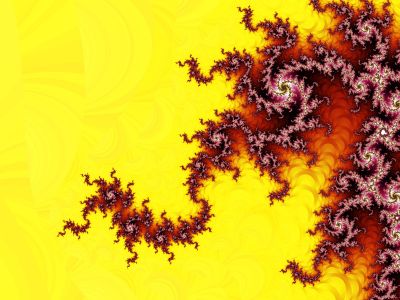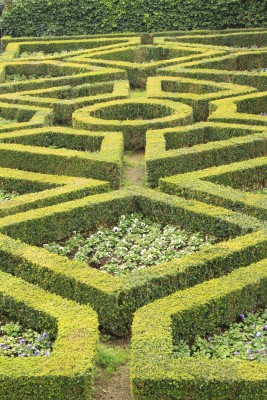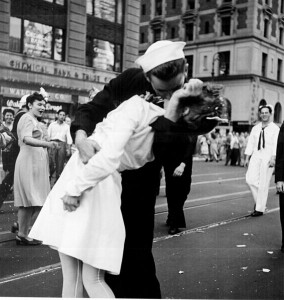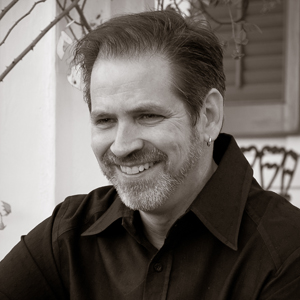I should say, “The three forces that, when in balance, make what I think of as art,” but it is a title, that’s a bit cumbersome. In this series, we will explore these forces, and how we can utilize them to create work that “works.”
It does seem odd that many things come in threes: the three spatial dimensions we experience in our universe, the three legs needed to make something stable, the strength of a triangle, and even the three skills needed for practice. So it is with art and its subset, music.
Force One: Exploration
This is the need to find and understand the new and unexpected. We look for meaning and pattern in nature and our environment. Pure randomness does not embody this; hidden pattern and meaning is what we find most interesting. Here are some examples:
1. Number theory: From the Fibbonaci Series to the Sequence of Primes, we seek to understand the way these patterns unfold. The search for a mathematical model of the seemingly arbitrary universe is at the core of experimental physics.
2. Nature and its patterns: These seemingly unpredictable phenomena are anything but random. Fractal geometry as illustrated here gives us a glimpse of these complex forms growing from astonishingly simple rules. We seek to understand what might appear to be chaos.
3. Unknown places: this is why we travel into space, and why sailors risked their lives to find new shores. For a species with an unfortunate tendency toward xenophobia, we are nonetheless insatiably curious.
Hidden patterns and new places don’t, by themselves, make art; there is clearly more to it than that…
Force Two: Perfection and Order
Perhaps based on our need for security, we seek to organize things and to find the pure and perfect. Who doesn’t find satisfaction in a perfectly-organized library or tool chest? Sorting and collecting seem to be built into our nature.
1. Classical geometry as first described by the Greeks is still at the core of most of our designs; from formal gardens to rectilinear buildings to suspension bridges, we see beauty in shape and order. When was the last time you saw a painting that wasn’t in a rectangular frame?
2. Organizing what might otherwise be messy and chaotic gives us a sense of control. Librarians, curators, accountants and collectors all take pride in having everything in its place. Who hasn’t stood back proudly and admired their perfectly washed and polished car?
3. Perfection: In harmony we seek a perfect tuning and temperament system. (even if it is not possible) We search for the “flawless” gemstone, or we work out until we achieve a “model” physique. (haven’t got that last one down.)
It goes without saying that no matter how satisfying or perfect something is, it still may not be art; a flawless equilateral triangle is not all that we seek…
Force Three: Consciousness
I was going to write about “emotion” but that is but one aspect of our experience of existence as thinking, feeling, self-aware beings. Without this, our art lacks the aspect of communication and culture. When we appreciate art, we want someone “at the other end” of the conversation. This may be why music composed (or overly guided) by machines and computers lacks authenticity; even the top experts on artificial intelligence are still stumped by self-awareness, and top neuroscientists don’t really know where consciousness is found in our brains.
1. Emotion: A baby crying, a shout of anguish, the sigh of a lover, a yelp of pure joy. These are all expressions of raw, basic emotion, and we need these in our art. Look at “The Scream” or “Guernica” if you need examples. Likewise, Beethoven’s “Ode to Joy” from his 9th Symphony engages us with transcendent elation.
2. Awareness: The idea of pure consciousness in the form of meditation, prayer, or in life experiences is something we seek. People speak of feeling “alive,” “inspired” or of being “in the moment” when referring to this. I wrote a piece about being fully engaged as an example. Art needs to activate this kind of experience to succeed.
3. Communication: Something needs to be transferred from the artist to the viewers; it may be a concrete idea, a feeling, or even an abstract sense of balance and order. In any case, we need to feel some kind of connection to the art. Again, a pattern or a natural phenomenon, for all its beauty, is not “talking” to us.
Emotion and communication also don’t make art all by themselves; only when all these three forces are in balance do we really create art, and even with all this analysis, there is no way to explain it fully. However, we know it when we see it.
Questions:
1. How do you balance the three forces when you create?
2. How has your life experience influenced your artistic choices?
3. If you could bring in more of one of these forces, which one would it be, and how?




